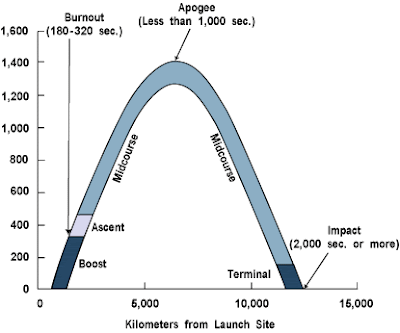Hypothetically speaking, if a player stands at a 280' right field pole and throws directly across the outfield to a 280' left field pole, what is the distance of that throw?
I tried to apply the pythagorean theorem, but came out with a crazy result.
Anyone?
Original Post




